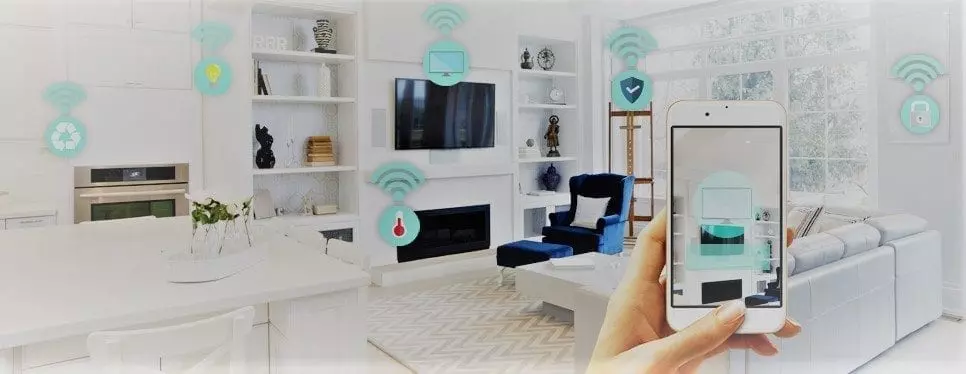
According to data compiled by Berg Insight, more than 30 million smart homes existed in Europe and North America by the end of 2016. North America is the leader, hands down, with nearly 22 million such homes, representing an on-year growth of 47 percent. By the end of 2017, that number was on the way to 30 million.
Smart Homes Expected to Be the Majority Soon
Perhaps even more astounding is the expectation that the expanding smart home market will continue to grow at a record pace, reaching a total of 73 million by 2021, or 55 percent of all households in the United States and Canada. Today, nearly 80 percent of buyers express an interest in smart technology, and a high percentage of sellers would consider adding smart technology to help sell their homes.
European market growth is also impressive, but the numbers are expected only to account for saturation that reaches 36 percent of households by the benchmark year of 2022. Smart homes are defined as those having smart thermostats, security, light bulbs and/or lighting, and a connected, automated devices that make homes ad living styles safer, more energy efficient and interconnected.
Taking Advantage of the Smart Market
The economic impact of these growth rates is nothing short of extraordinary, according to forecasters, who note that revenue is expected to nearly triple in just six years, from 2016 to 2022. in 2018 total revenue in the smart home market will amount to $19,821 million. That is expected to reach a volume of approximately $34,750 million in just four years, representing an annual growth surge of over 15 percent.
Statista, a statistics portal that analyzes date from a wide variety of sources, notes that smart home devices considered “in scope” for its analysis included:
- Digitally controlled and remote-operated devices within the home;
- Sensors and cloud-operated actuators of in-home automation;
- Control hubs that connect and monitor various devices; and
- B2C hardware, software or subscription services.
- There are other options for, in the fully automated smart home, such and landscape and gardening controls and smart TVs that were not considered for the purposes of this forecast.
Additional Smart Trends
Other analysts look to Silicon Valley for yet more technology that will add additional depth and dimension to the home technology scene. What it might be remains a bit “cloudy” at present, that the future is sure to bring new developments in AI, robotic home technology, virtual reality and augmentation, and perhaps an entirely new take on home entertainment.
If the present provides any guidelines, it is that smart technology will continue to be a driving force on the home scene.